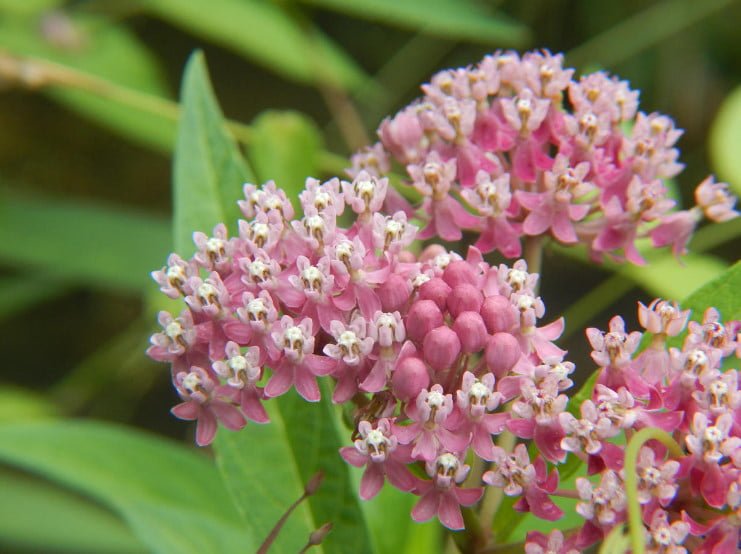
This plant is not known to all gardeners because it does not bloom as luxuriantly as for example lilies or roses. This has a very limited color scheme-pink and orange, the bushes are large and spreading, so that the Asclepius does not pretend to be the main garden pet. And yet the plant is very attractive, original and unusual. Let’s take a closer look at it.
History of the Plant’s Origin
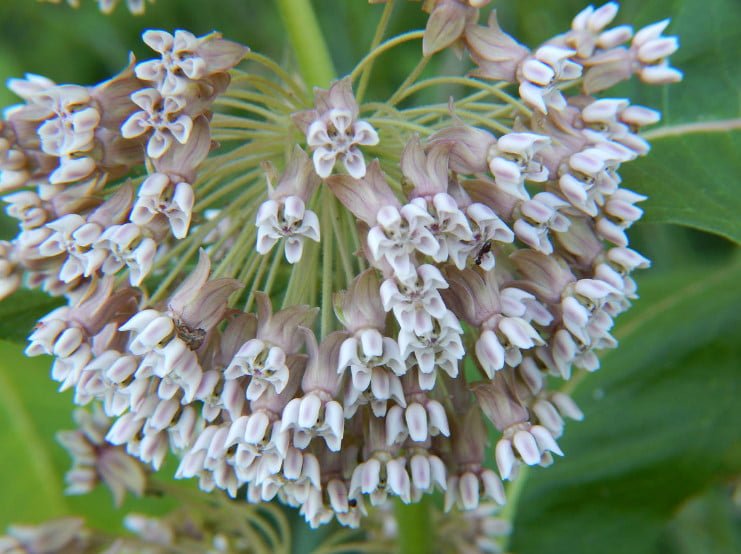
It got its name for the cotton-wool-like bunches on the seeds that were used instead of it, and also found use in the manufacture of yarn for the manufacture of various fabrics. Some gardeners even tried to get rubber from the juice of the plant, but soon abandoned this idea.
Asclepia is also used as a medicinal plant. Perhaps that is why its scientific name is so medical, formed from the name of the God of Healing Asclepius.
There are more than 200 species in nature. All of them are native to America and the African continent. These are mainly deciduous and evergreen plants, shrubs, and herbaceous perennials.
In Europe, asclepius was brought in the XVIII century and first tried to use it for technical purposes, then the interest faded. But the most beautiful views have been preserved and transferred to amateur gardens.
Asclepias Features

This powerful plant with thick, strong stems grows to a height of 1 meter (3.2 ft) and even more, has large, usually oval or oblong leaves, sitting in pairs. Thickened rhizomes are arranged horizontally, often diverging far from the central root. Fragrant flowers of red or brownish color form rounded complex inflorescences-umbrellas, their smell attracts insects. They bloom in summer or early autumn.
Only a few of the most ornamental and hardy species are cultivated. Almost all asclepia contain toxic milky juice in the tissues, which causes irritation when it gets on the skin and mucous membranes. This is especially dangerous on a sunny day.
Asclepias Syriaca

The homeland of Asclepias syriaca is North America. It got its name because of a misunderstanding: the Italian botanist Cornuti confused it with another plant growing in Syria. And when K. Linnaeus was engaged in classification, he left this species such a name and assigned it to the genus Asclepius.
This species is tall and majestic, about 150 cm (5 ft) in height reach its powerful erect stems, densely covered with large (up to 16 cm – 6.2 inch in length and 5-7 cm – 2.5 inch) in width) oblong leaves, dark and leathery. The lower leaf blades begin to fall off by mid-summer.
The flowers of this species are quite large (1 cm – 0.4 inch), light pink. Collected in large inflorescences-umbrellas, they look very impressive, and also very fragrant. Flowering lasts up to 35 days and occurs in the month of July.
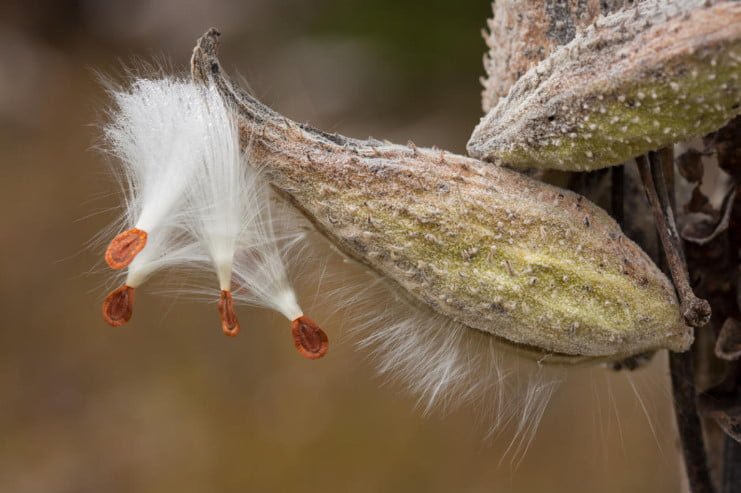
The fruit of asclepia is a large capsule up to 10 cm (4 ft) long, when they open, the wind blows away the brown seeds with long white hairs. They fly far away from the bush, but mostly asclepia almost do not reproduce by self – seeding-the maturation of the seeds can only occur in a very long warm autumn.
This species is hardy, very unpretentious and drought-resistant. And although it cannot propagate in seeds, it perfectly fills this gap by aggressively spreading the rhizomes in all directions from the parent plant. Its shoots can be located at a distance of more than a meter from the main bush.
Asclepias Incarnata

The plant is native to North America. It grows up to 120 cm (4 ft) from the trunk of branched stems, which are densely elongated, covered with leaf hairs. Umbrellas of pink-purple flowers up to 6 cm in diameter.
Flowering occurs in July-August and lasts up to 35 days. This species is moisture-loving, and in winter it should be mulched with leaves or peat. It also has an aroma, but more subtle than Asclepia Syriaca. It is not so aggressive and grows in a denser bush.
It has different varieties. Very beautiful ‘Ice Ballet’ option – a tall bush with white buds.
Asclepias Tuberosa
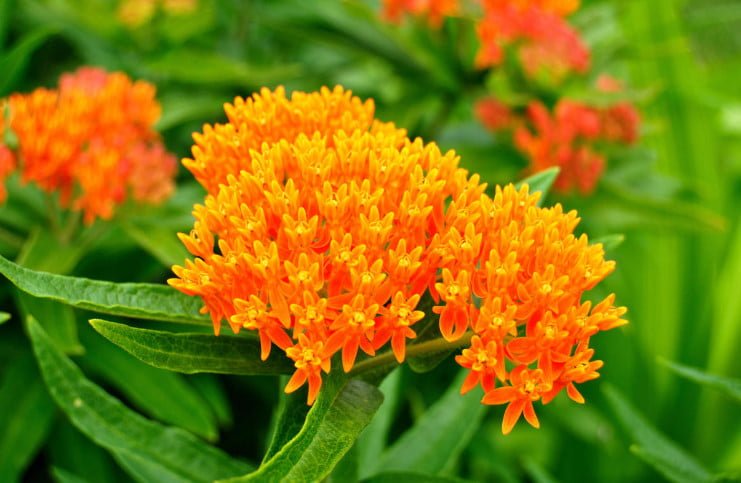
This is a low (50-70 cm – 1.6-2.2 ft), spectacular plant with flowers of a bright orange hue, collected in spherical inflorescences that last a long time on the plant. It is quite hardy, but it can not survive a cold winter even under winter cover.
This is a low (50-70 cm – 1.6-2.2 ft), spectacular plant with flowers of a bright orange hue, collected in spherical inflorescences that last a long time on the plant. It is quite hardy, but it can not survive a cold winter even under winter cover.
You can see how this option is often used as a background for dried butterflies with a plant of orange, yellow and red flowers. It is also not a cold-resistant plant that needs shelter for the winter period of time.
Asclepias Curassavica
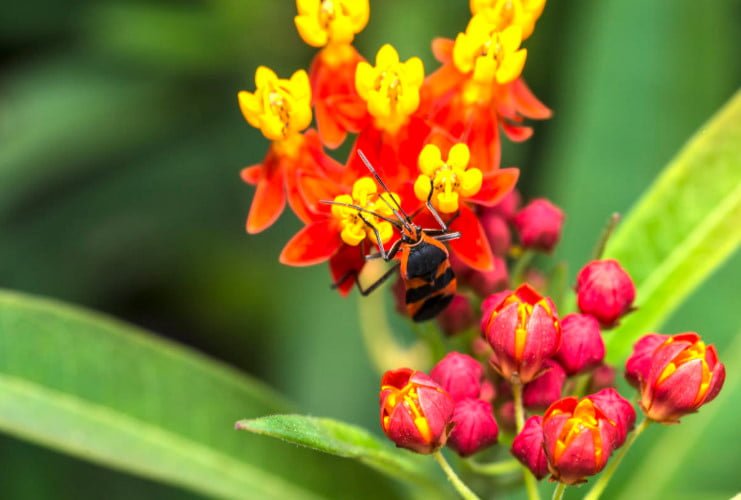
This evergreen plant has erect stems with a height of about 1 m (3.2 ft). Dark green oblong leaves, very bright flowers-orange-scarlet with a yellow center, collected in umbrellas, bloom until late autumn. Undemanding to the soil plant, but in extreme heat needs constant moisture.
After sowing, it blooms in 5 months, so it can be grown as an annual. Propagated by seeds and cuttings.
Seeds are pre-soaked in warm water for 20 hours, then sown in containers that contain at a temperature of +20 … 25°C (68-77°F). They germinate slowly – about three months.
Asclepias Speciosa
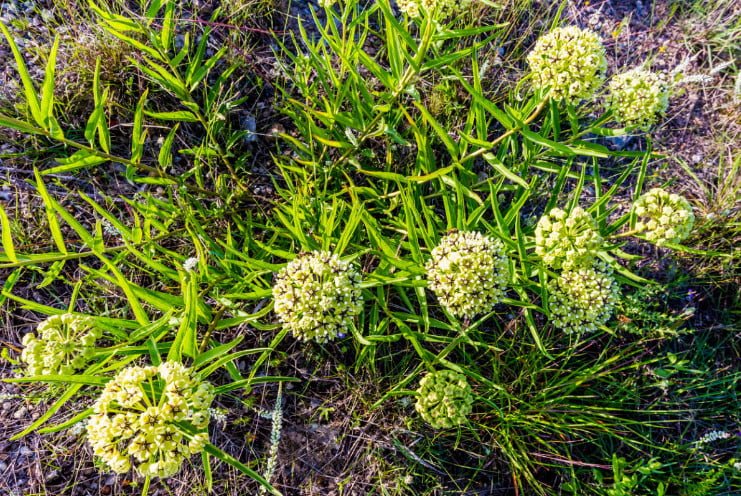
This is a perennial plant that is not the largest – up to 30-70 cm (1-2.2 ft), the stems are covered with pubescence. The leaves are large, with a pointed tip, pubescent below.
The flowers are greenish-purple, their flat umbrellas are located on the tops of the branches and in the upper leaves. Blooms in the second half of summer. Moisture-loving and frost-resistant.
The use in the Garden
Growing asclepia in the garden is not difficult, almost all decorative species are very easy to care for. The main thing for him is an open, sunny place and the placement of plants at a sufficient distance so that they do not crowd each other. It is better to put the Syriaca asclepius in a restrictive container or dig in protection around it, this is done in the case that it does not spread much and does not occupy the entire flower bed.
This should also be placed next to large perennials, and tall ornamental grasses are also well combined with them.
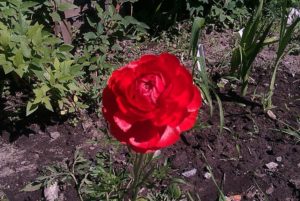
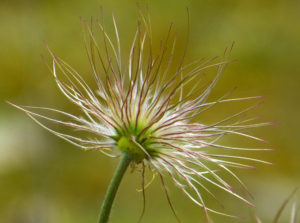

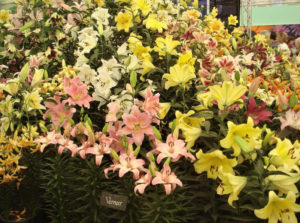
Leave a Reply